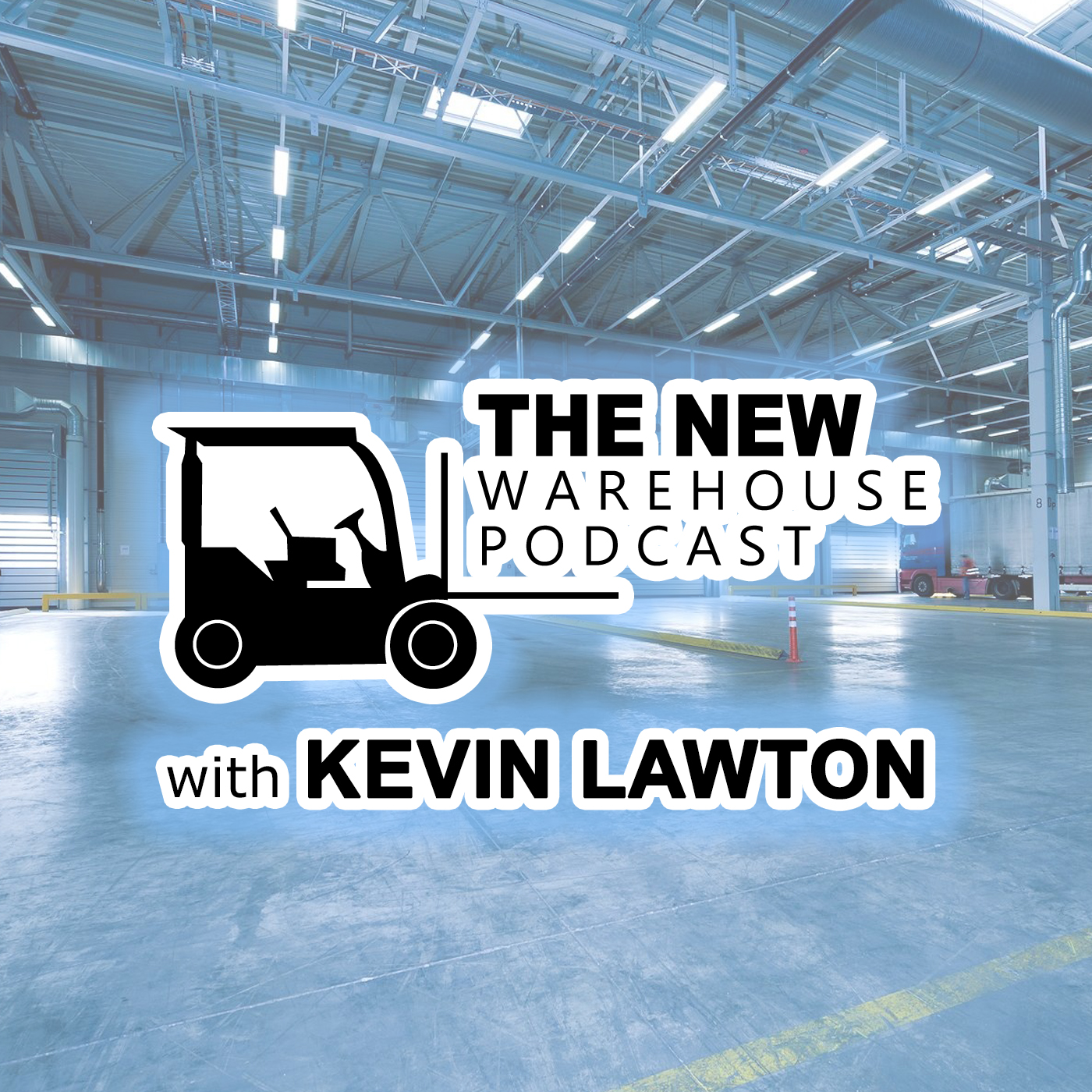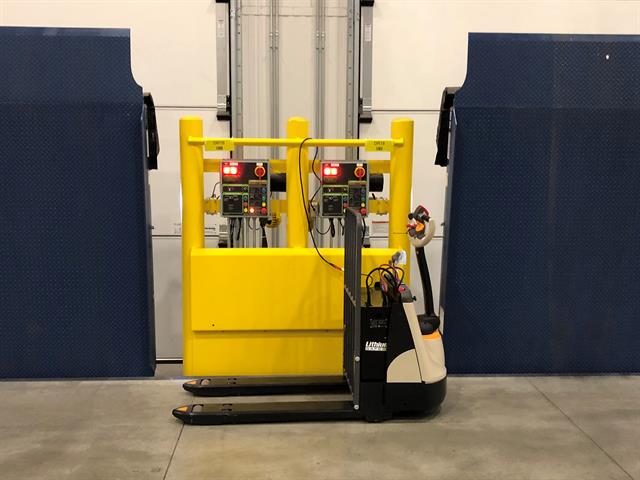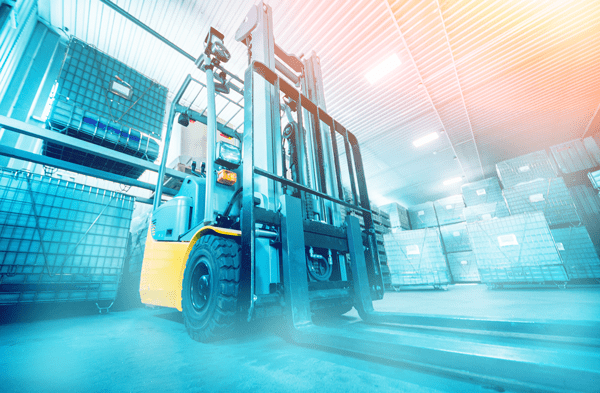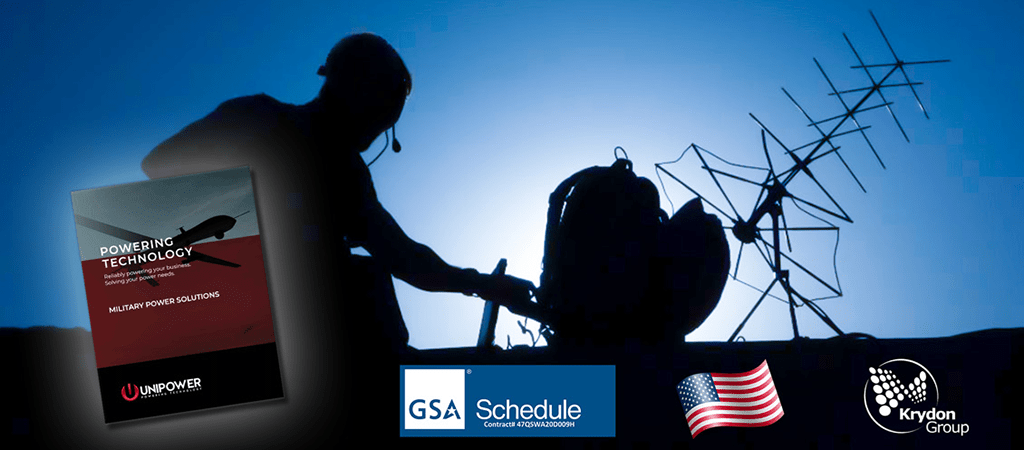Battery maker Green Cubes has announced broad company expansion to capture the new scope and scale of the company. Green Cubes has added North American facilities, established operations in Europe and is expanding product lines for the materials handling and data centre markets.
Green Cubes recently expanded its engineering and production facilities in Kokomo, Indiana. In addition to the existing facility, Green Cubes added another 36,000 sqft. (3,300 sqm) facility. The existing production facility will continue to provide lithium-ion batteries for the mobile medical workstation market, while the new facility houses engineering staff and produces materials handling batteries.
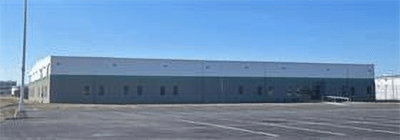
Additionally, Green Cubes has established two new facilities in Europe to better serve its growing overseas customer base. A new technology centre is located in Zurich, Switzerland. This facility currently employs a high-performance team of engineers, with staff coming from Power-One, ABB and BEL Power Solutions.
A new production centre is located near Bratislava, Slovakia. This facility specialises in the manufacturing of battery and power conversion products for the European market. Production of medium-format lithium-ion batteries for the materials handling and network power market will be operational by the end of Q2, 2021.
The new European team includes industry expert Jochen Schumann as chief technical officer for Green Cubes. Schumann has over 25 years of demonstrated experience in designing high efficiency AC/DC and DC/DC converters, as well as the management of global engineering teams in the power industry.
With the expansion of both North American and European operations, Green Cubes has a global footprint and now has engineering centres in the United States, India and Switzerland, and production facilities in the United States, Malaysia, and Slovakia.
See the original article in Forklift Action

